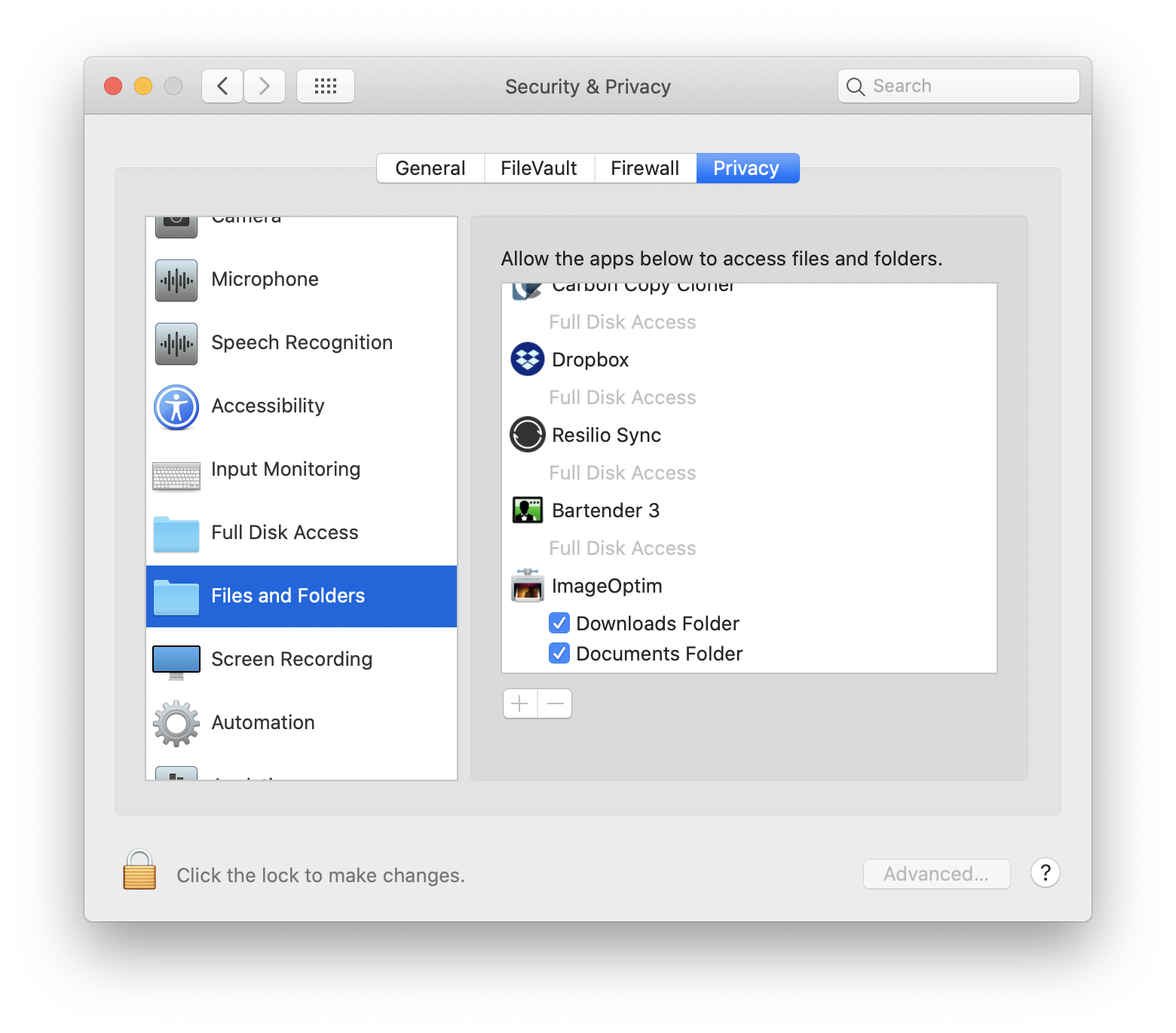

- MAC OS FILE TRANSFER COULD NOT BE OPENED FOR WRITE ACCESS FOR MAC
- MAC OS FILE TRANSFER COULD NOT BE OPENED FOR WRITE ACCESS MAC OS
- MAC OS FILE TRANSFER COULD NOT BE OPENED FOR WRITE ACCESS INSTALL
- MAC OS FILE TRANSFER COULD NOT BE OPENED FOR WRITE ACCESS SOFTWARE
If you want to write to NTFS files on Mac by formatting, then the file system recommended to you is FAT and ExFAT. Most consumer electronics (cameras, camcorders, video game systems) don't support exFAT. However, Mac running in OS X 10.4 Tiger and before does not support this file system. MS-DOS (FAT): Windows and Mac computer can read and write files from this file system drive, but it only allows file transfer of size 4GB and below.ĮxFAT: Windows and Mac computer can read and write such file system drive, and supports the file size larger than 4GB.
MAC OS FILE TRANSFER COULD NOT BE OPENED FOR WRITE ACCESS MAC OS
Mac OS Extended (Journaled) and Mac OS Extended (Case-sensitive, Journaled): Mac computer and read and write files from the driver formatted in this way, but Windows-running computers can only read files from this type drive. Here you can select "ExFAT" or "MS-DOS (FAT)".Īfter confirming that, click "Erase" to format the NTFS drive immediately. Select your NTFS disk from the left sidebar, and click the "Erase" tab on the top menu > Then a pop-up window will appear, where you should give a new name of the NTFS disk optionally and select the format from the drop-down list. Insert the NTFS disk into your computer, and run Disk Utility (Go to Applications > Utilities > Disk Utility.). Step 1 Insert the NTFS disk into computer Then, follow the steps below to format the NTFS drive. (Data lost after format? Recover data from formatted drive here.) Note : Formatting the NTFS disk will erase all data and you should backup data from the NTFS disk to your Windows computer firstly. So, for solving the problem, the basic solution to this problem is changing the file system from NTFS to Mac compatible formats by formatting NTFS. The basic reason for not writing to NTFS on Mac is the incompatible file system. Format NTFS to Enable NTFS Writing on Mac Apple's Experimental NTFS-Write Support (Not Recommended)
MAC OS FILE TRANSFER COULD NOT BE OPENED FOR WRITE ACCESS FOR MAC
Write to NTFS for Mac with Apeaksoft Mac Cleaner Directly Mount Microsoft NTFS Driver for Mac for Read-Write Access In this guide, you will discover 4 solutions to deal with the dilemma and enable NTFS to write for Mac. However, the proprietary is designed to open and read files for Mac, instead of copy files to the NTFS format disk.

Mac Write to NTFSĪs the default file system on Windows computer, NTFS format is created for quick plug and file transfer for Windows users. Yes, Mac cannot write to NTFS formatted drive. However, when you insert the Windows NTFS drive into Mac, you must have found that you can only read the NTFS drive, but cannot write data into the drive.
MAC OS FILE TRANSFER COULD NOT BE OPENED FOR WRITE ACCESS INSTALL
This will update your system's package database and then install any upgrades.When switching files between Windows and Mac, the portable external drive is the most frequently-used tool. If you want to update your system, run sudo apt-get update

Thus, you command should be sudo apt-get install myunity
MAC OS FILE TRANSFER COULD NOT BE OPENED FOR WRITE ACCESS SOFTWARE
So, because apt-get installs software and thus affects the system, you need to use the sudo command to give yourself administrator privilages. You should never use normal sudo to start graphical applications as Root (Please see RootSudo for more information on using sudo correctly.) Only users with sudo (administrative) privileges will be able to use this command. When using sudo you will be prompted for your password. This elevates privileges to the root-user administrative level temporarily, which is necessary when working with directories or files not owned by your user account. Most of the following commands will need to be prefaced with the sudo command.According to the community documentation about using the terminal, sudo: Executing Commands with Elevated Privileges


 0 kommentar(er)
0 kommentar(er)
